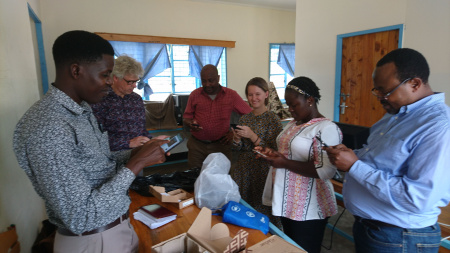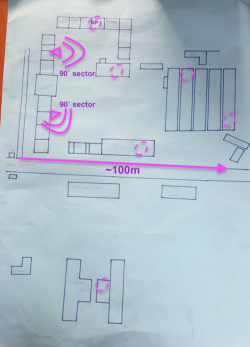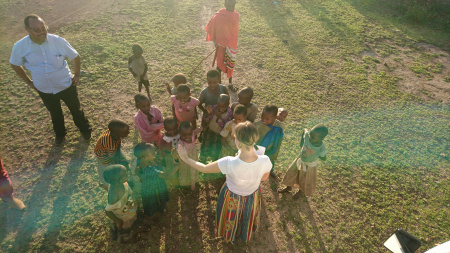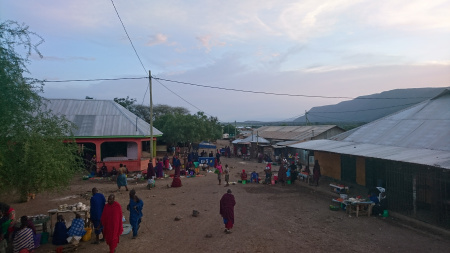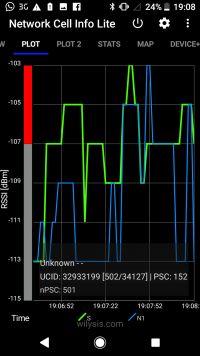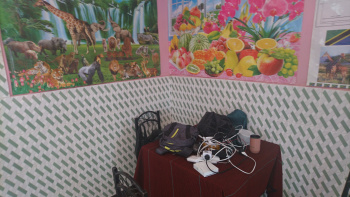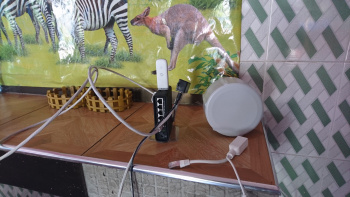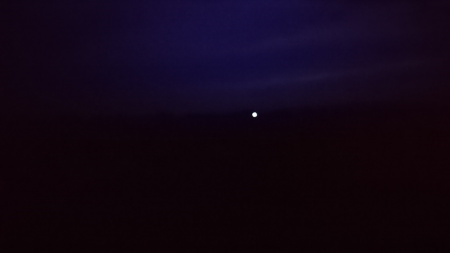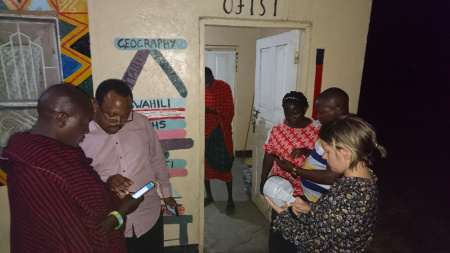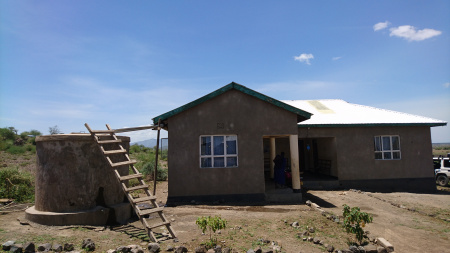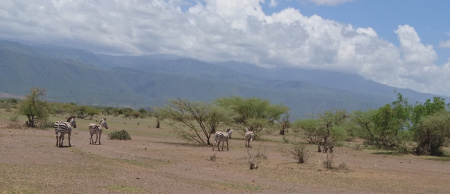DigI:Esilalei Patandi Selela visit 4-7Mar2019
From its-wiki.no
| Digital Inclusion (DigI) | |||||||
|---|---|---|---|---|---|---|---|
|
DigI:Esilalei Patandi Selela visit 4-7Mar2019
| Title | DigI:Esilalei_Patandi_Selela visit 4-7Mar2019 |
|---|---|
| Place | Patandi_Teachers_College@Arusha |
| Date, Time | 2019/03/04, 14:20h (Kilimanjaro Airport) - 7Mar2019 |
| Contact Person | Elibariki Mwakapeje |
| Participants | Cathrine Chaffey, Flora Francis Kajuna, Elibariki Mwakapeje, Josef Noll, Kinyala Lyandala |
| related to Project | DigI |
| Keywords |
| this page was created by Special:FormEdit/Meeting, and can be edited by Special:FormEdit/Meeting/DigI:Esilalei Patandi Selela visit 4-7Mar2019 |
| Category:Meeting |
Goal of the travel / Contacts to meet
The goal of the travel was to connect to other research teams in Arusha, especially the Patandi Teachers College, to measure the mobile networks around Selela, and to install the first "Internet Lite for All" information spot.
"I Hear You" project
- Jon Øygarden, NTNU/ SINTEF være i Arusha med fire Audiograf studenter fra 3 mars – 11 mars. De skal jobbe sammen med hørselsavdelingen på Patandi og The Open University of Tanzania og hørselsteste barn på noen utvalgte barneskoler
- De bor på L'Oasis i Arusha som Jacob kjenner godt. Kopiere inn Jon i kommunikasjonen.
OpenUniversity
- kontakt med Dr. Cosmas Mnyanyi.
HVL/Internet
- Arne Jacob Melting & Lucas (IT at Patandi)
Day 1: 4Mar2019
Our first day in Northern Tanzania, around the area of Arusha. While Cathrine, and Flora came with our driver Kinyala from SUA and Dar es Salam, Josef took the overnight flight via Addis Abeba and arrived after 17 h travel time at lunch time at Kilimanjaro airport. Meeting Elibariki from the Ministry of Health, we directly headed towards field work, visiting the Patandi Teachers college close to Arusha.
Regarding Internet Access at the Patandi Teachers college, we met Arne Jacob (HVL), Lucas (Patandi) and the head of IT services. They explained the main challenges:
- a) the price of the Internet connection (1.2 MTZS = ~460€/month for a 7 Mbit/s line) and
- b) a huge area to cover.
Our analysis is that the BasicInternet Infrastructure will solve b) by adding sector antennas and dedicated hot-spots. Answering a) the costs of the link, which is about 100 times more expensive than the link I have at home, is not that easy to solve. Given that they have more than 120 users, a solution with just using the mobile network might not be sufficient, as you have a limitation of 10, 30, or 50 GB/month. Just for info: In Kinderdorf we have a usage of about 120 GB per day, with almost the same amount of people.
Though, we might give it a try with a mobile link, until a new negotiation with the operators might success. We might also need the Basic Internet infrastructure for cost sharing. Given that 120 users pay 4 €/month, and that some fixed costs can be taken otherwise, might be a solution. Needs further discussions.
After a common dinner, it's time to get a rest, before we purchase solar equipment tomorrow and head towards Selela to check the connectivity.
Day 2: Visit to Selela
Day 2 started with the purchase of SIM cards and the solar infrastructure. Thanks to our colleague Bernhard Ngowi we went to MobiSol, who really offer advanced solutions. A complete 120 W package with a 50 Ah battery, remote operation and 3 lamps for TZS 1.38 million (~520 €), powering our Internet Lite for All hot spot. Very expensive for a person in a village, but reasonable as a basis for continuous power supply.
With all that in the car, we headed towards Selela, being a Masai community about 30 km north of Lake Manyara. With us we had the infrastructure described in BasicInternet:Solutions to measure if we would be able to find a mobile network, or if we would have to look for other solutions.
And it was frustration. Standing on top of the car, holding up a directive antenna, should give us a signal which is about 30-40 dB stronger than being on ground. Though, we did not measure "anything". Having controlled the equipment in both Oslo and Dar es Salam, it was really frustrating to see that nothing was working. It turned out that a missconfiguration in our LTE directive antennas did not allow for a sync, as we only had 3G (UMTS) networks. And all our tests and verification happened on 4G networks. Educating students in Mobile and Wireless Communications, and don't see a network, was not acceptable.
Even worse, we managed to destroy an ear ring when trying to swap SIM cards
Being back in the hotel in Mto wa Mbu, we started with night work. A tremendously bad 3G connection, which broke down several times during that evening, did not make work enjoyable. Despite the communication drops and shortcomings, our colleague Iñaki (from Spain) managed to support me in getting one device back on track. But we did not manage to find the solution for the LTE antennas.
Frustrated "end of operation" at 02:00 h, and still lot's of open issues.
Day 3: Success - First installation in Esilalei
Day 3 started after some 5.5 h of sleep with a strategic discussion. How could we succeed? We decided to split, the team going to Esilalei ("S+35°57'26.8"E/@-3.4928479,35.9530722,1625m/data=!3m1!1e3!4m5!3m4!1s0x0:0x0!8m2!3d-3.49285!4d35.95744), while Josef stayed at a pub in Mto wa Mbu, getting remote assistance from both Norway (Maghsoud) and Spain (Iñaki).
After hours of investigation we found the configuration bug, and succeeded in getting the directive antennas to work and show adequate field strength.
When the team arrived back from the electricity installation, we finished with the location of the mobile towers, and decided to make an evening trip to Esilalei to install the Internet Lite for All hot spot. It was not only Internet Lite, it was the light in the darkness.
Due to the light, the village activities continued into the evening. Trucks were unloaded, and we enjoyed the value of being connected to the people of Esilalei. Lot's of work remains to bring Internet Lite for All out to everyone, which is one of the many topics we will address during the next meetings.
Day 4: Revisit Selela and Travel back
Given the success of the operation, we decided to visit Selela one more time. We stopped on the road, to get measures of the field strength from the main operators. And no doubt, Tanzania, as many other African countries, are so big that operators have a huge challenge to provide coverage. Though, our measures show that the chances of establishing one information spot per village is possible, either by using the 3G/4G network with extended cells, or providing directive links to the villages.
In Selela, we really recognised a mobile hole when it comes to broadband. Even our directive antennas did not provide enough signal strength. Thus, we moved around in the vicinity, and ended up in Mbaash, one of the even smaller community. As you can see from the picture, no electrical network, but a solar infrastructure. The measures were convincing, thus we believe that we can establish the information spot during our next visit, and can declare that yet another village is connected to the Internet.
And finally, on our way home, we even got our Safari. Zebras moved just ahead of us over the way. We were really in the Serengeti
Many discussions, many impressions, and even more ideas to be taken back to Norway. Our conclusion is clear: It is easy to provide at least one information spot in each village, thus creating the basis for free access to information for all. Thus we invite everyone to join us for digital inclusion and social empowerment.
Our equipment with us
- 2 LTE antennas
- 2 RBD952 (local hot-spot)
- SIM cards from Airtel, Halotel, Vodacom and TIGO
Buy from Mobisol in Arusha
- Battery pack 50 Ah
- Solar regulator
- USB charger
- Solar panel 120W
- installation kit
Travel details
4Mar2019 Patandi
- 1420h landing Kilimanjaro Airport
- 1600h Meeting Patandi Teacher College for Special Needs
- Internet connectivity
- Collaboration "Internet Lite for All" - Open University
5Mar2019 Selela
- purchase of battery and solar (Mobisol)
- travel to Selela, network measurements
6Mar2019 Esilaei
- installation of "Internet lite"
7Mar2019 reserve day
- 1810h Departure Kilimanjaro Airport

